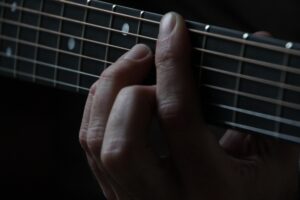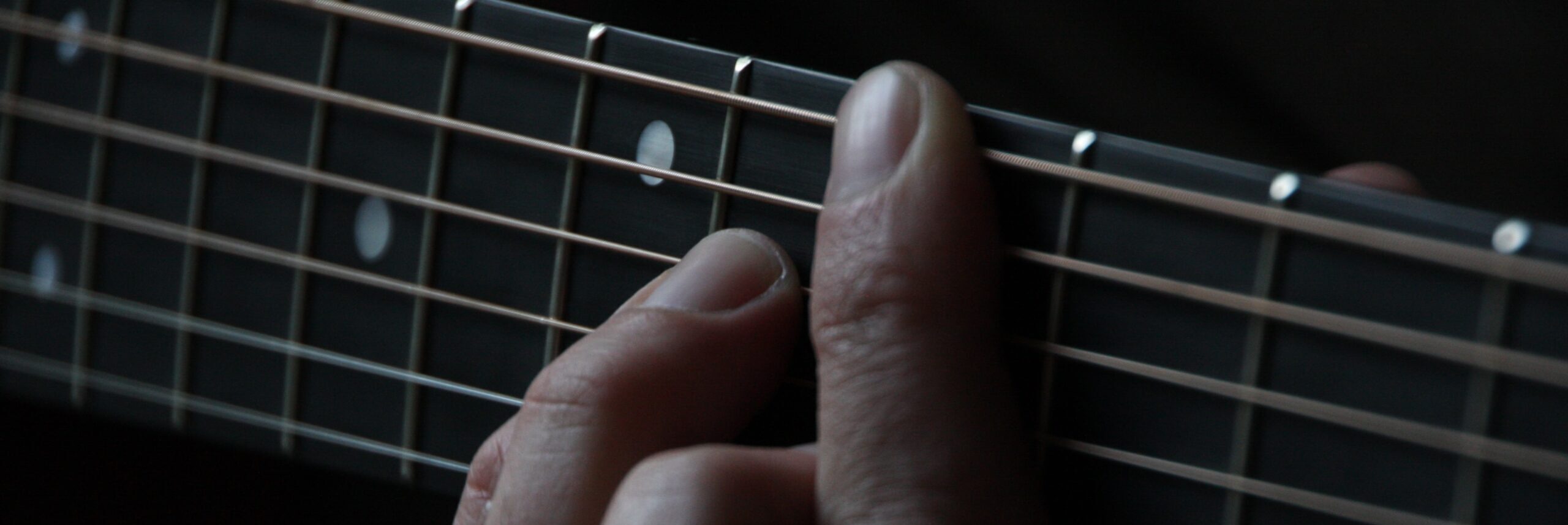 The Diminished 7th Chord is basically a ‘fork in the road’ where there are many different routes you can take depending on where you want to go. If you want to add more character and intensity to a piece, the Diminished 7th Chord is a great way to get ‘more bang for your buck!’ Music is all about tension and release (or resolve); once you build the tension, you will naturally want to resolve it at some point. (Instructional: The Secret Doorway To Everywhere, Example: “Open My Heart“ by Yolanda Adams)
The Diminished 7th Chord is basically a ‘fork in the road’ where there are many different routes you can take depending on where you want to go. If you want to add more character and intensity to a piece, the Diminished 7th Chord is a great way to get ‘more bang for your buck!’ Music is all about tension and release (or resolve); once you build the tension, you will naturally want to resolve it at some point. (Instructional: The Secret Doorway To Everywhere, Example: “Open My Heart“ by Yolanda Adams)
The Diminished 7th Chord is the most tense chord in music because of its two tritones (between the root plus the 5th, and then the 3rd and the 7th). This interval is called a Tri-Tone – Dominant 7th Chords have one, Diminished 7th Chords have two ( Diminished 7th Chords could be considered as rootless 7 Flat 9 Chords). When moving from chord to chord, you consider the context – key changes, modulations, etc. – and the Diminished 7th Chord can serve as the bridge that connects where you were to where you want to be, becoming the solution for those transitions. (How To Use Dim7 Chords As Transition Chords)
The beauty of the Diminished 7th Chord is there are only three of them. You start with the root and stack the notes by minor thirds. The first is Ab dim7 (Ab, B, D, F); the second is A dim7 (A C Eb Gb); the third is Bb dim7 (Bb, Db, E, G). Within the Diminished 7th Chord, each of the notes can serve as the root and lead you to where the chord wants to go. All chords have inversions and the Diminished 7th Chord is not excluded. It’s recommended that you use the inversions for voice leading because it’s easier on your hands, and for vocalists, it’s easier on your voice. You want to get into the habit of moving your fingers and not your hands as much when you play.
